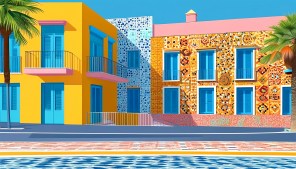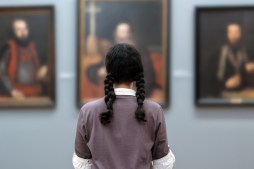The Legacy of Renaissance Art in Shaping Western Aesthetics

SUMMARY Renaissance art marked a transformative era in Western history, introducing humanism and groundbreaking techniques like linear perspective and chiaroscuro that revolutionized artistic expression. Beyond visual art, the movement influenced architecture, science, and philosophy, shaping modern Western culture. Its legacy lives on today, continuing to inspire artists and thinkers with its celebration of realism, individuality, and classical ideals.
Renaissance art marks a pivotal chapter in the history of Western aesthetics, transforming not only artistic expression but also the cultural and intellectual landscape of Europe. This remarkable period, spanning from the 14th to the 17th century, introduced revolutionary techniques and ideas that continue to influence art and society today.
The Dawn of Humanism in Art
At the heart of Renaissance art lies humanism — an intellectual movement that emphasized the potential and value of humans. Artists began to focus on realistic representations of the human form, exploring anatomy, emotion, and individuality. This shift brought a new depth and vitality to artworks compared to earlier medieval styles.
Innovations in Artistic Techniques
Renaissance artists pioneered techniques such as linear perspective, chiaroscuro (the use of light and shadow), and sfumato (soft blending), which allowed for more lifelike and three-dimensional images. These innovations revolutionized visual storytelling by creating immersive compositions that drew viewers into the scene.
Influence on Western Culture Beyond Art
The impact of Renaissance art reached far beyond paintings and sculptures. It inspired developments in architecture, literature, philosophy, and science by promoting curiosity, observation, and individual creativity. The celebration of classical antiquity rekindled interest in ancient Greek and Roman ideals which shaped Western thought for centuries.
Fostering Artistic Masters Who Defined an Era
Masters like Leonardo da Vinci, Michelangelo, Raphael, and Titian set new standards for artistic excellence with their masterful works reflecting technical skill blended with profound meaning. Their contributions helped elevate artists’ social status while inspiring generations across disciplines.
Enduring Legacy in Modern Aesthetics
Today’s Western aesthetics still echo Renaissance principles through continued appreciation for realism balanced with idealism. Contemporary artists draw from these foundations while adapting them to current contexts — underscoring how this era’s breakthroughs remain relevant landmarks within our cultural heritage.
Understanding how Renaissance art changed the Western world enriches our appreciation not only for historical masterpieces but also for ongoing creative endeavors shaped by this timeless legacy.
This text was generated using a large language model, and select text has been reviewed and moderated for purposes such as readability.











